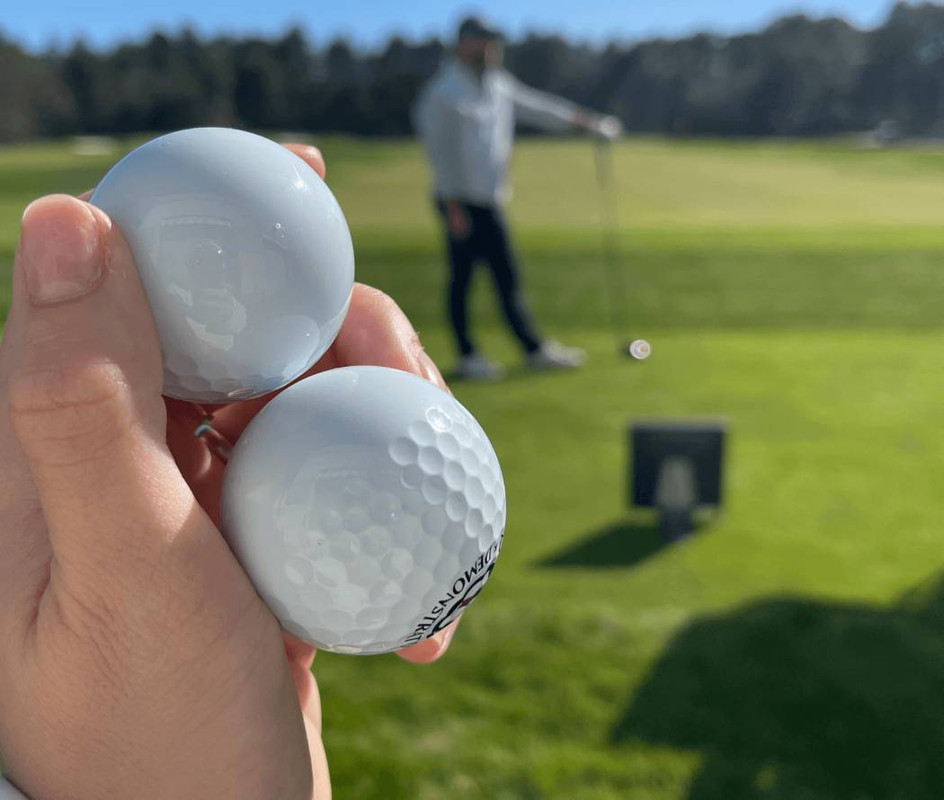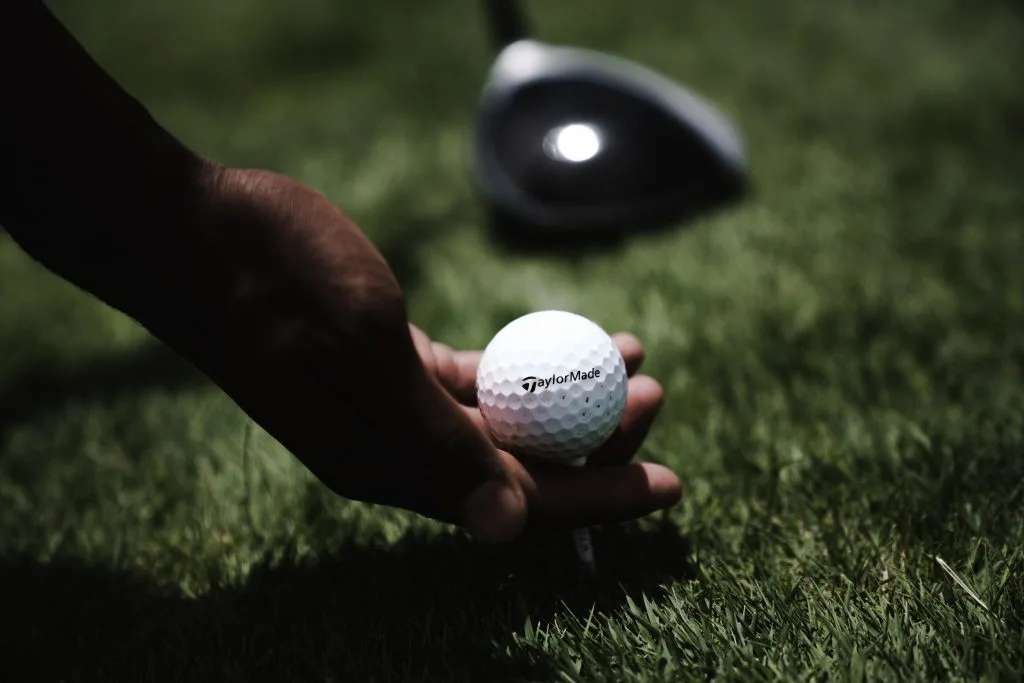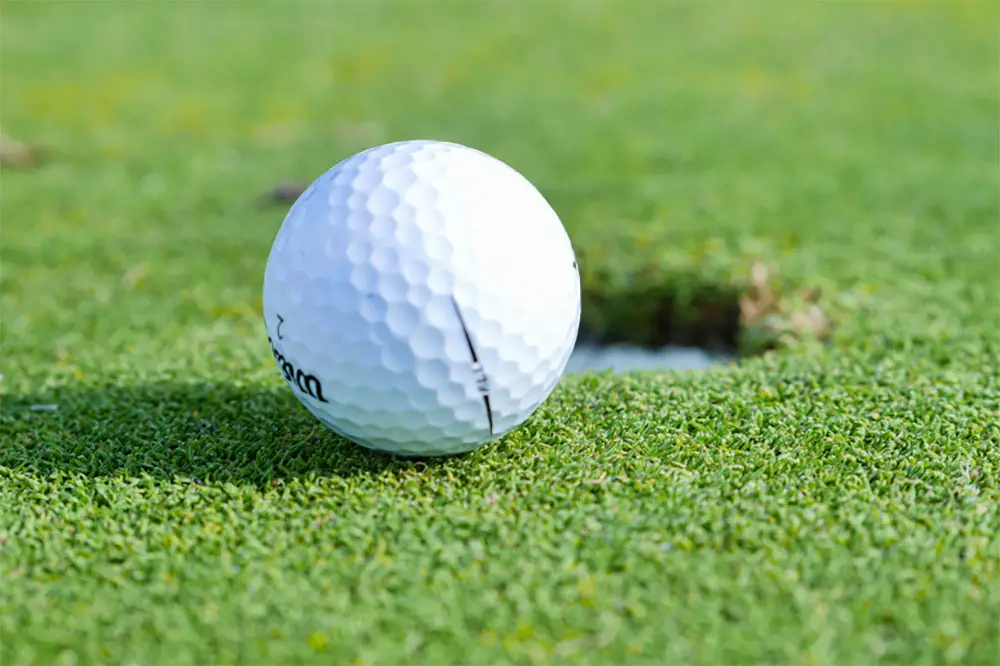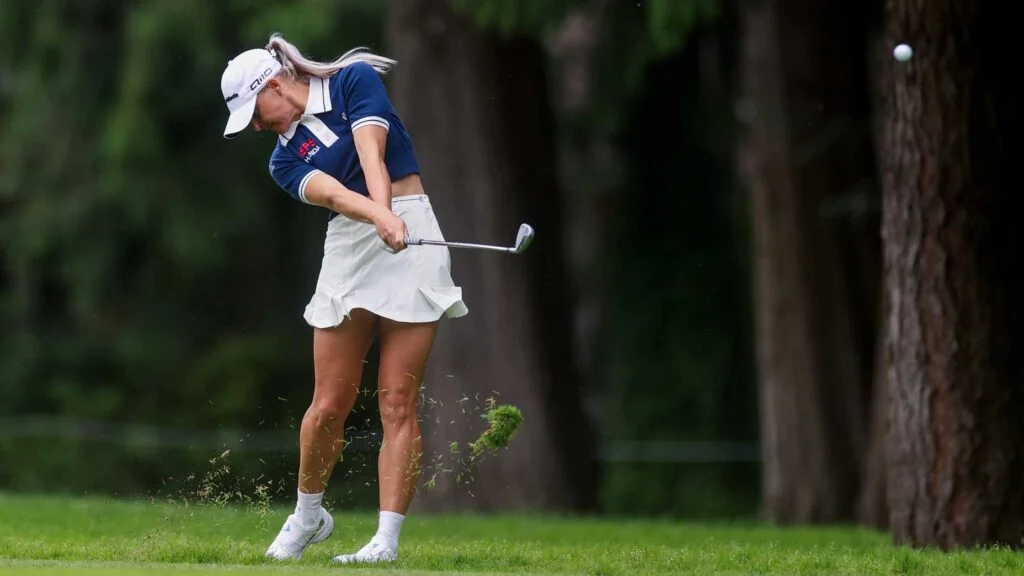How Many Dimples Are On A Golf Ball? You would assume a nosy child would wonder how many dimples there are on a golf ball. But if you play golf, you are aware of how crucial golf ball dimple design is to overall performance. A golf ball's dimple design influences its lift and increases its distance from the ground.
You'll probably ask the same question after you know how golf ball dimples function. Furthermore, because every person has a unique technique and varied dimple pattern, knowing this may really alter your game. All of your inquiries about golf ball dimples will be addressed in this post.
How Many Dimples Are On A Golf Ball?
Read Also: The U.S. Open champion claims he was forced to pay $2 million after winning
History of Golf Ball Dimples
By modern standards, the first golf balls are unrecognizable. Scotland has records of golf dating back to the fifteenth century.
The golf balls they used for play were filled with boiled goose feathers and had a leather cover. This process of creating golf balls was effective enough to be used for hundreds of years. How Many Dimples Are On A Golf Ball?
What Effect Do Golf Ball Dimples Have on Ball Flight?
Dimples on golf balls have functional benefits. They do, in fact, have some significant effects on flying. To put it briefly, a ball's dimples are designed to lessen wind resistance.
This is known as aerodynamic drag in science. The golf ball can go a lot further when we reduce that drag. This is the method.
In order to maximize lift, they minimize air resistance.
The distance a ball will fly is really determined by its dimples in golf balls. By decreasing air resistance, the dimples' negative space enhances lift. These two elements improve trajectory stability and lengthen the journey distance.
They Calculate Distance and Trajectory
The important factors are the quantity, size, and pattern of the dimples. Distance is affected by the dimples' alignment and depth. A ball should ideally have one shallow dimple and one deep dimple in its design.
Together with a dimple design that is uniformly spaced, this may help increase accuracy and prevent projectiles from going in the incorrect direction. Distance and trajectory are eventually aided by the dimples' strong lift and low drag.
How Many Golf Ball Dimples Are There?
Every golf ball with a brand is unique. Indeed, variations exist in the quantity of dimples seen in models manufactured by the same company.
In general, a golf ball has between 300 and 500 dimples. For instance, the Pro V1X from 2017–18, the flagship model from Titleist, is one of the most well-liked golf balls and has 328 dimples.
However, it isn't always the case. There are balls with more than 1,000 dimples!
Why Are There Dimples on Golf Balls?

Dimples are added by golf ball makers because they influence the ball's performance attributes. Because of the way air flows around an irregular or flat object's form, it travels unevenly as it flies through the air.
A golf ball without dimples would thus not fly through the air in a predictable manner. There would be no way to regulate it since it would vary.
A golf ball's surface dimple design reduces drag by encircling the ball in a thin layer of air. A golf ball that has more airflow passing over it will fly considerably more smoothly and predictably.
As was already explained, a golf ball's dimples provide lift via spin. About half of the lift is produced by spinning in reverse.
The golf ball rises when the air pressure under it is higher than the air pressure above it, causing this motion. The dimple design on a golf ball amplifies this impact by up to 50%.
To what extent do golf balls have dimples? Ball spin, lift force, and other performance metrics may be significantly impacted by even little modifications to a golf ball's properties.
Let's examine a golf ball with deeper or shallower dimples, for illustration. Even a 0.001-inch variation in their depth may have a significant impact on the ball's trajectory and distance traveled.
It matters even how dimples are shaped. Although dimples are typically rounded, some golf manufacturers use hexagons to maximize performance. Hexagonal dimples, for instance, are used by Callaway in its HX golf ball to improve aerodynamic efficiency.
You May Also Like: Golf's innovative intern program is diversifying its workforce
When Did Dimples Appear on Golf Balls?
Inadvertently, golf ball dimples were created in the middle of the 1800s. Tree sap was used to form the gutties, the most popular balls of the time.
These balls, of course, got quite banged up. A lot of golfers noted that the ball flew the most consistently from those with the greatest damage. Longest distance was traveled by those with the most dimples.
In the early 1900s, golf ball manufacturers began adding raised buttocks to their balls after realizing that dimples increased trajectory. Another manufacturer then discovered that indentations further enhanced performance. In 1905, William Taylor filed a patent for a golf ball dimple.
The science of golf ball dimples has progressed throughout time. Because of this, golf ball producers have discovered the present era's best design for control, lift, and distance.
Which Golf Ball Dimple Patterns Are Best for Me? How Can I Tell?
The dimple designs seen on golf balls vary greatly across models and between manufacturers. Performance attributes are more important to take into account than the dimple pattern. This is because the dimples increase overall distance, provide lift, and add additional spin.
The Design's Scientific Basis
It's no coincidence that this particular golf ball has a dimple. The number, size, and depth of dimples are meticulously calculated by engineers to provide the ideal performance by balancing lift and drag. Dimples may also have different shapes; some are circular, others are hexagonal, and some are much more intricate. Manufacturers may fine-tune their balls for various golfer types thanks to these little variations.





